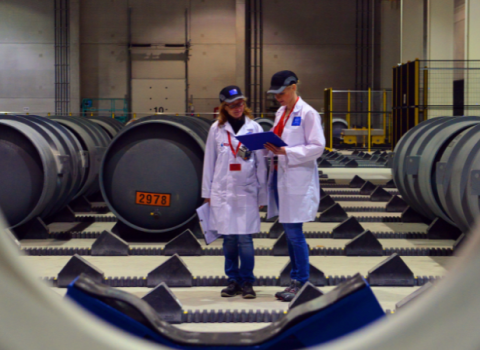Research lead
Researchers at the Laboratoire Catalyse et Spectrochimie in Caen, France, and Cambridge University, United Kingdom, have studied the chemical reactions that take place is a car’s catalytic converter in real time, paving the way for improvements in the performance of these devices.
Catalytic converters in a vehicle’s exhaust system convert the toxic gases generated by the engine into a mixture of non toxic gases. Although these catalysts are widely deployed, the exact chemical reactions have hitherto been poorly understood.
In addition to improving catalytic converters, the observation technique used by the researchers could increase understanding of many other pollutant removal systems used by industry.
Until now, the most rapid observations of what was happening on the surface of a catalyst were delayed by around one-tenth of a second.
A novel combination of observation methods has now reduced the time lag by a factor of one million.
This was achieved using a femtosecond laser, which was focused on the surface of the solid catalyst made up of silver nanoparticles on an alumina substrate and placed in an atmosphere of toxic gases, to recreate the conditions of a converter in an exhaust system.
After the reaction was triggered by the laser beam, an infrared spectrometer analysed the surface of the catalyst at a rate of 30 million observations a second. The key intermediate step in the removal reaction was thus observed for the first time and consisted of a cyanide flip between the silver nanoparticles and the substrate. This molecular flip lasted only 2 microseconds and explains how the catalyst functions to remove toxic gases.





 A unique international forum for public research organisations and companies to connect their external engagement with strategic interests around their R&D system.
A unique international forum for public research organisations and companies to connect their external engagement with strategic interests around their R&D system.